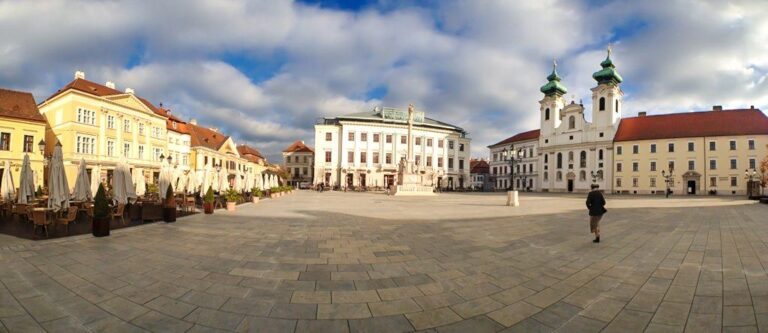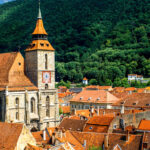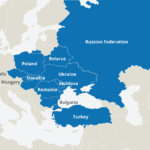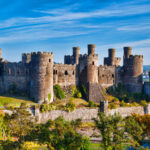Hungary is a landlocked country in Central Europe. Spanning 93,030 square kilometres (35,920 sq mi) of the Carpathian Basin, it is bordered by Slovakia to the north, Ukraine to the northeast, Romania to the east and southeast, Serbia to the south, Croatia and Slovenia to the southwest and Austria to the west. Hungary has a population of nearly 10 million, mostly ethnic Hungarians and a significant Romani minority. Hungarian, the official language, is the world’s most widely spoken Uralic language and among the few non-Indo-European languages widely spoken in Europe. Budapest is the country’s capital and largest city; other major urban areas include Debrecen, Szeged, Miskolc, Pécs and Győr. (Source from Wikipedia)
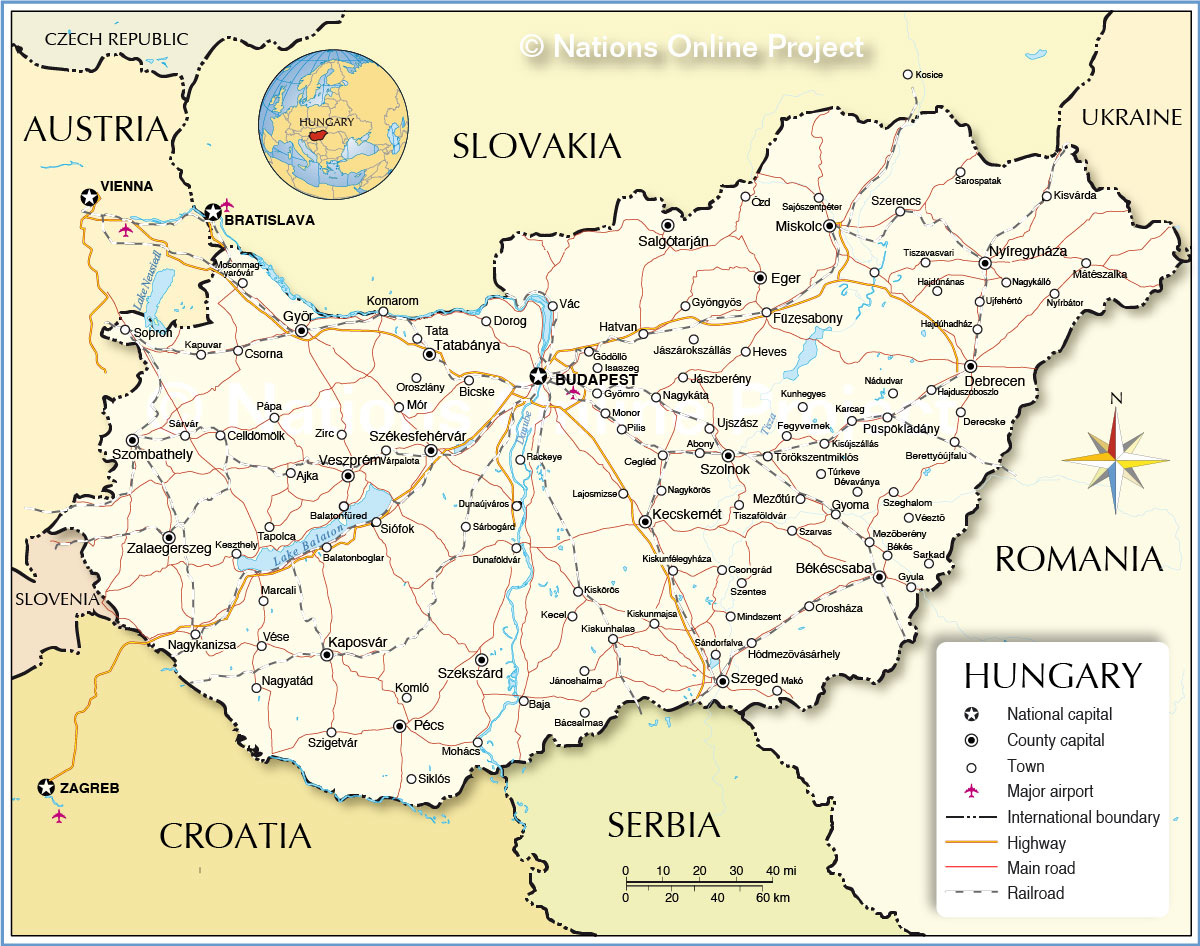

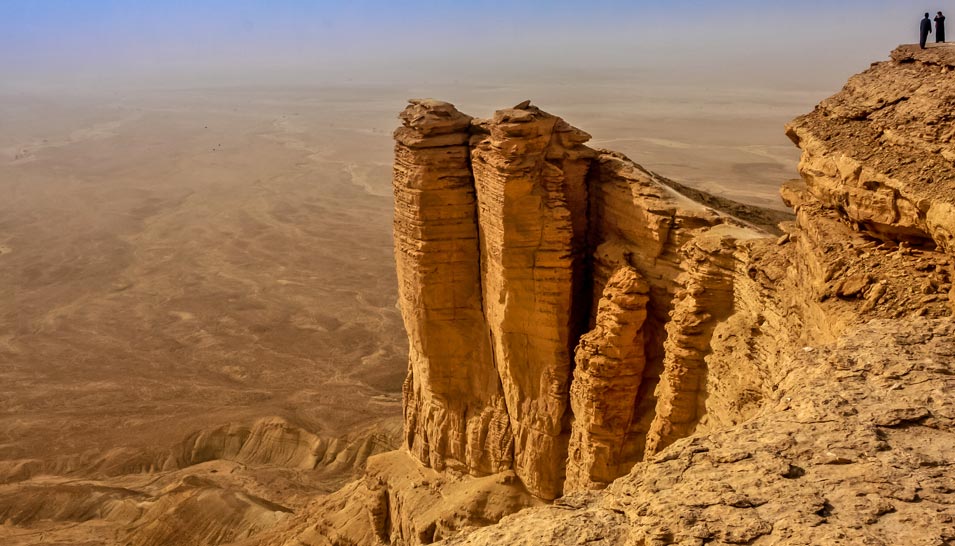


1. Budapest
Budapest is the capital and most populous city of Hungary. It is the ninth-largest city in the European Union by population within city limits; the city has an estimated population of 1,752,286 over a land area of about 525 square kilometres (203 square miles). Budapest, which is both a city and county, forms the centre of the Budapest metropolitan area, which has an area of 7,626 square kilometres (2,944 square miles) and a population of 3,303,786, comprising 33% of the population of Hungary.
![9faad793e3962ba8730e63bcf3d30443[1]](https://hobbymart.net/wp-content/uploads/2022/05/9faad793e3962ba8730e63bcf3d304431.jpg)
![big-statue-in-budapest-2[1]](https://hobbymart.net/wp-content/uploads/2022/05/big-statue-in-budapest-21-768x471.jpg)
![90086816_2796099257104818_4652414901237579776_o-1555x1024[1]](https://hobbymart.net/wp-content/uploads/2022/05/90086816_2796099257104818_4652414901237579776_o-1555x10241-1-768x506.jpg)
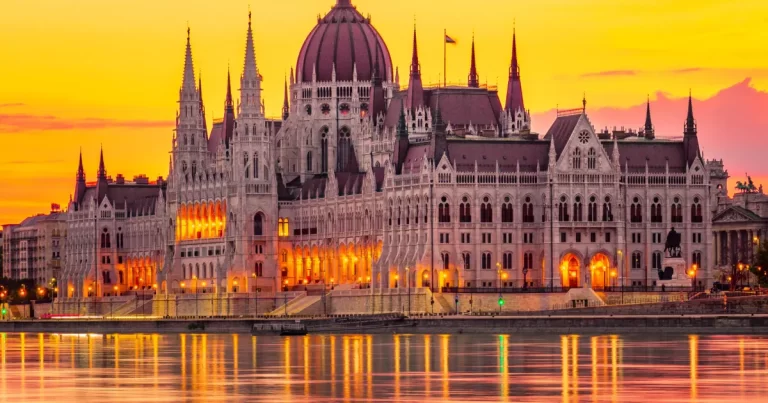
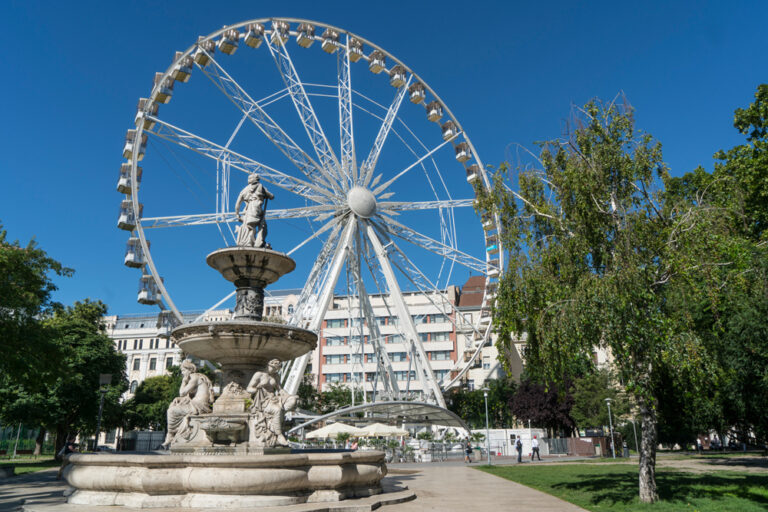
![tjllq69ndll41[1]](https://hobbymart.net/wp-content/uploads/2022/05/tjllq69ndll411-768x444.jpg)

2. Lake Balaton
Lake Balaton is a freshwater lake in the Transdanubian region of Hungary. It is the largest lake in Central Europe, and one of the region's foremost tourist destinations. The Zala River provides the largest inflow of water to the lake, and the canalised Sió is the only outflow. The mountainous region of the northern shore is known both for its historic character and as a major wine region, while the flat southern shore is known for its resort towns. Balatonfüred and Hévíz developed early as resorts for the wealthy, but it was not until the late 19th century when landowners, ruined by Phylloxera attacking their grape vines, began building summer homes to rent out to the burgeoning middle classes.
![01-embed-lake-balaton-hungary[1]](https://hobbymart.net/wp-content/uploads/2022/05/01-embed-lake-balaton-hungary1-768x487.jpg)

![lake-balaton-03[1]](https://hobbymart.net/wp-content/uploads/2022/05/lake-balaton-031-768x294.jpg)
![cropped-balaton1-800x430[1]](https://hobbymart.net/wp-content/uploads/2022/05/cropped-balaton1-800x4301-1-768x413.jpg)
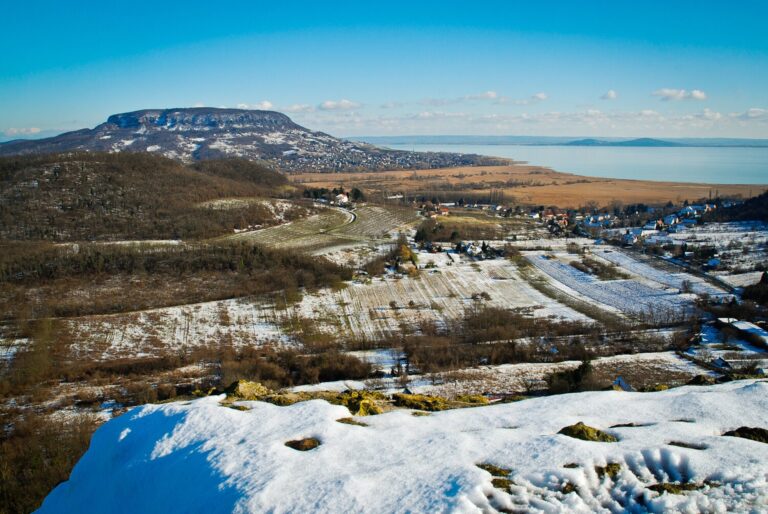
![100v1f000001h1a0c958D_D_1180_558[1]](https://hobbymart.net/wp-content/uploads/2022/05/100v1f000001h1a0c958D_D_1180_5581-768x363.jpg)

3. Eger
Eger is the county seat of Heves, and the second largest city in Northern Hungary (after Miskolc). A city with county rights. Eger is best known for its castle, thermal baths, baroque buildings, the northernmost Ottoman minaret, dishes and red wines. Its population of around 53,000 makes it the 19th largest centre of population in Hungary according to the census. The town is located on the Eger Stream, on the hills of the Bükk Mountains.
![Taste-Hungary_downtown-Eger[1]](https://hobbymart.net/wp-content/uploads/2022/05/Taste-Hungary_downtown-Eger1-768x477.jpg)
![Taste-Hungary_Eger-wine-region[1]](https://hobbymart.net/wp-content/uploads/2022/05/Taste-Hungary_Eger-wine-region1-768x295.jpg)
![original_Eger_Listing[1]](https://hobbymart.net/wp-content/uploads/2022/05/original_Eger_Listing1-768x407.jpg)
![maxresdefault[1]](https://hobbymart.net/wp-content/uploads/2022/05/maxresdefault1-20-768x432.jpg)

4. Sopron
Sopron is a city in Hungary on the Austrian border, near Lake Neusiedl/Lake Fertő. The architecture of the old section of town reflects its long history; walls and foundations from the Roman Empire are still common, together with a wealth of Medieval, Renaissance, and Baroque structures, often artistically decorated, showing centuries of stability and prosperity.
![maxresdefault[1]](https://hobbymart.net/wp-content/uploads/2022/05/maxresdefault1-21-768x432.jpg)
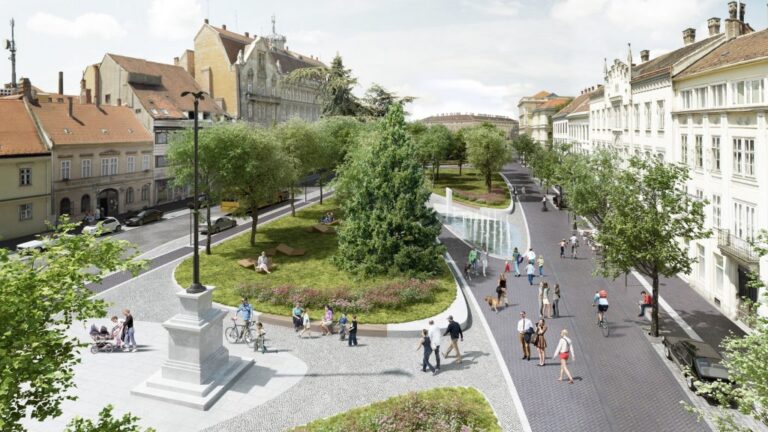
![IMG_3008[1]](https://hobbymart.net/wp-content/uploads/2022/05/IMG_30081-768x576.jpg)
![Sopron-min[1]](https://hobbymart.net/wp-content/uploads/2022/05/Sopron-min1-768x512.jpg)
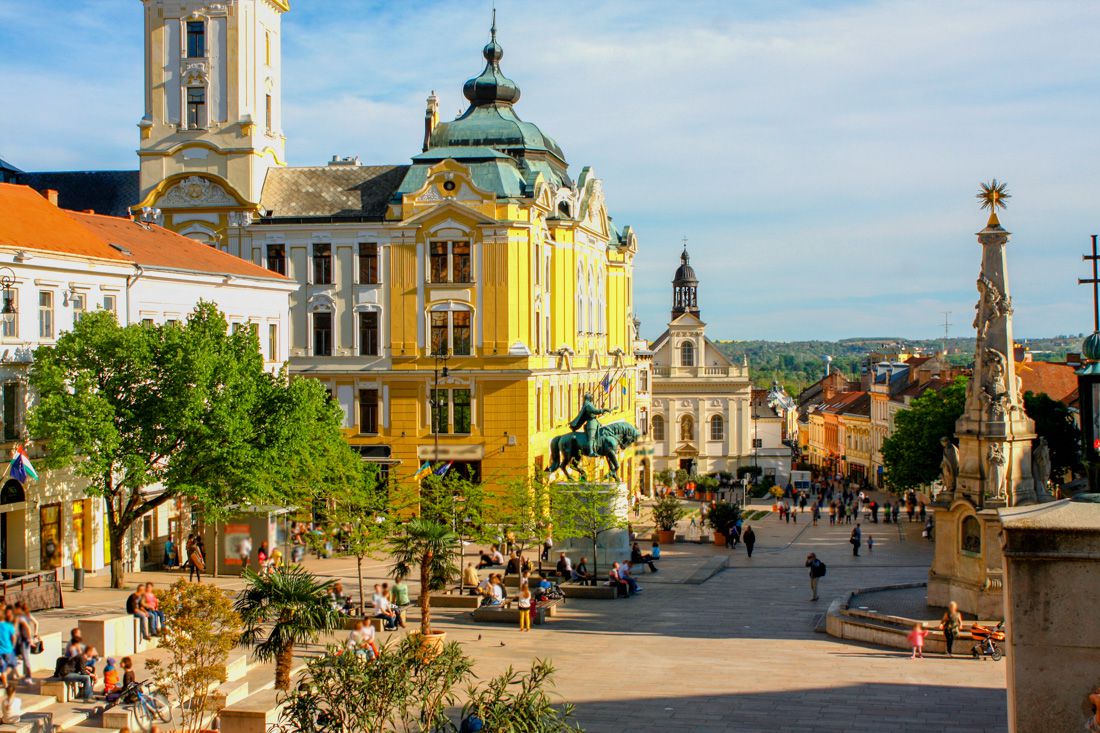
5. Pecs
Pécs is the fifth largest city of Hungary, located on the slopes of the Mecsek mountains in the south-west of the country, close to its border with Croatia. It is the administrative and economic centre of Baranya County. Pécs is also the seat of the Roman Catholic Diocese of Pécs. A city dating back to the ancient times, settled by the Celts and the Romans, it was made an episcopal see in early medieval Hungary. It features the oldest university in the country, and is one of the major cultural centers. Pécs also has a rich heritage from the age of a 150-year-long Ottoman occupation. Pécs was historically a multi-ethnic city where many cultures intermingled, creating a melting pot of different values, the rich result of 2000 years of history. In recent times, the city has been recognized for its cultural heritage, including by being named as one of the European Capital of Culture cities.
![48870793841_7174ec6c17_b[1]](https://hobbymart.net/wp-content/uploads/2022/05/48870793841_7174ec6c17_b1-768x566.jpg)
![2686[1]](https://hobbymart.net/wp-content/uploads/2022/05/26861-768x509.jpg)
![experience-pecs-hungary-kata-90e155b5b6d9361a98e7facb6ab20b2d[1]](https://hobbymart.net/wp-content/uploads/2022/05/experience-pecs-hungary-kata-90e155b5b6d9361a98e7facb6ab20b2d1-768x508.jpg)
![cathedral-with-steeples-in-pecs-hungary[1]](https://hobbymart.net/wp-content/uploads/2022/05/cathedral-with-steeples-in-pecs-hungary1-768x576.jpg)
![ccimage-shutterstock_541416733[1]](https://hobbymart.net/wp-content/uploads/2022/05/ccimage-shutterstock_5414167331-768x496.jpg)
![pécs-széchenyi-tér-1024x680[1]](https://hobbymart.net/wp-content/uploads/2022/05/pecs-szechenyi-ter-1024x6801-1-768x510.jpg)

6. Aggtelek National Park
The Aggtelek National Park lies in the Gömör-Torna Karst region, an area rich in unique natural and cultural assets. It is the first Hungarian national park to be dedicated to the protection of abiotic values, superficial land formations and caves.
![53390ca43b3a9d227db24358c834fdb2[1]](https://hobbymart.net/wp-content/uploads/2022/05/53390ca43b3a9d227db24358c834fdb21-768x512.jpg)
![Aggtelek-National-Park[1]](https://hobbymart.net/wp-content/uploads/2022/05/Aggtelek-National-Park1-768x513.png)
![caves-of-aggtelek-national-park-c16815d2-568992[1]](https://hobbymart.net/wp-content/uploads/2022/05/caves-of-aggtelek-national-park-c16815d2-5689921-768x432.jpg)
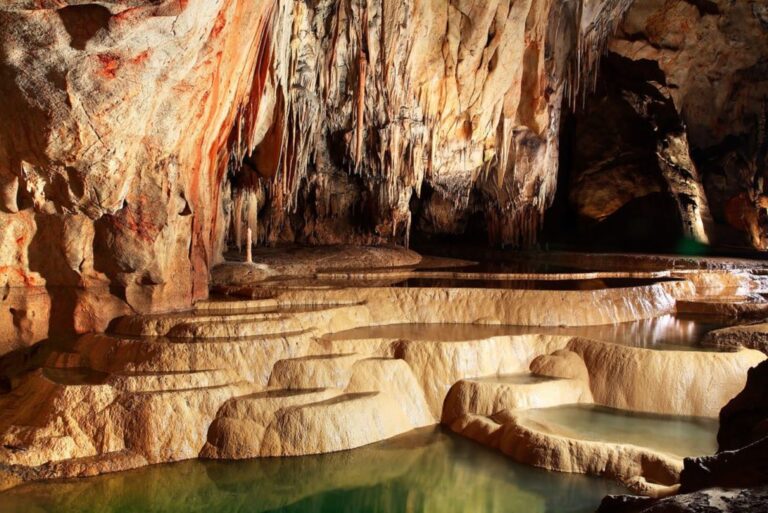

7. Heviz
Hévíz is located near Lake Hévíz, the world’s second-largest thermal lake, but biologically the biggest active natural lake. Its temperature is affected by the combination of hot and cold spring waters, coming from 38 meters underground. The water breaks out from a spring cave, at approximately 410 liters per second, with a temperature of 40 °C (104 °F). The biological stability of the lake is shown by the temperature of the water, which has not changed for years[3] and even on the coldest winter days doesn’t drop below 24 °C (75 °F). That makes bathing possible in the lake year round. In the summer, the water temperature can reach 37 °C (99 °F).
![Lake-Hévíz[1]](https://hobbymart.net/wp-content/uploads/2022/05/Lake-Heviz1-768x512.jpg)
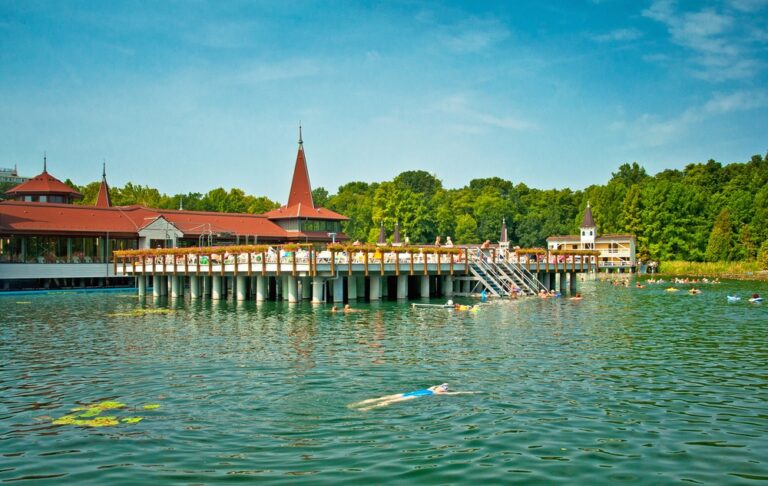
![thermal_heviz[1]](https://hobbymart.net/wp-content/uploads/2022/05/thermal_heviz1-768x320.jpg)
![811[1]](https://hobbymart.net/wp-content/uploads/2022/05/8111-768x511.jpg)

8. Debrecen
Debrecen is Hungary's second-largest city, after Budapest, the regional centre of the Northern Great Plain region and the seat of Hajdú-Bihar County. A city with county rights. It was the largest Hungarian city in the 18th century and it is one of the Hungarian people's most important cultural centres. Debrecen was also the capital city of Hungary during the revolution in 1848–1849. During the revolution, the dethronement of the Habsburg dynasty was declared in the Reformed Great Church. The city also served as the capital of Hungary by the end of World War II in 1944–1945. It is home of the University of Debrecen.
![town-hall[1]](https://hobbymart.net/wp-content/uploads/2022/05/town-hall1-768x469.jpg)
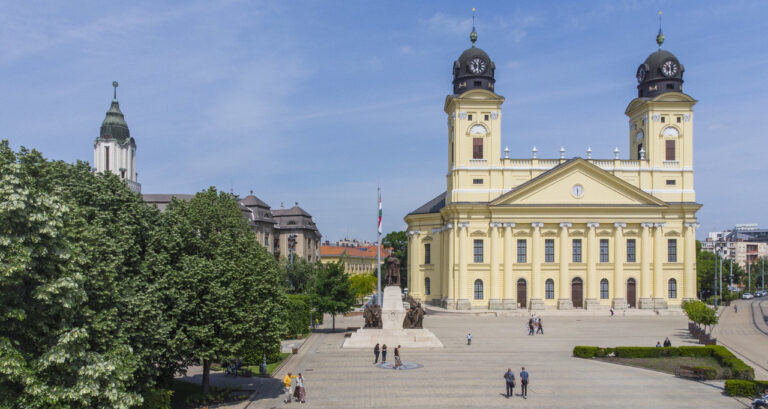
![town-hall[1]](https://hobbymart.net/wp-content/uploads/2022/05/town-hall1-1-768x469.jpg)
![debrecenprogrampage[1]](https://hobbymart.net/wp-content/uploads/2022/05/debrecen20program20page1-768x375.jpg)

9. Hortobagy National Park
Hortobágy is an 800 km2 national park in eastern Hungary, rich with folklore and cultural history. The park, a part of the Alföld (Great Plain), was designated as a national park in 1973 (the first in Hungary), and elected among the World Heritage sites in 1999. The Hortobágy is Hungary's largest protected area, and the largest semi-natural grassland in Europe. Until recently it was believed that this alkaline steppe was formed by the clear cutting of huge forests in the Middle Ages, followed by measures to control the course of the Tisza River, allegedly resulting in the soil's current structure and pH. However, Hortobágy is much older, with alkalinization estimated to have started ten thousand years ago, when the Tisza first found its way through the Great Hungarian Plain, cutting off many streams from their sources in the Northern Mountains. The formation was finished by grazing animals and wild horses during the Ice Age, followed by domesticated animals. One of its most iconic sites is the Nine-holed Bridge. Traditional T-shaped sweep wells dot the landscape, as well as the occasional mirage of trees shimmering in the reflected heat of the puszta (steppe). Part of the national park is a dark sky preserve.
![img243[1]](https://hobbymart.net/wp-content/uploads/2022/05/img2431-768x552.jpg)
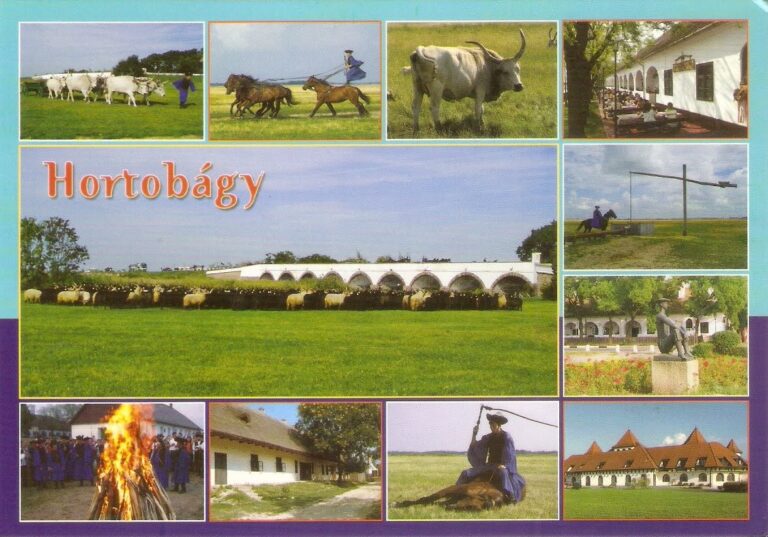
![272837_Viator_Shutterstock_166813[1]](https://hobbymart.net/wp-content/uploads/2022/05/272837_Viator_Shutterstock_1668131.jpg)
![43286520650_38f58db7a8_k[1]](https://hobbymart.net/wp-content/uploads/2022/05/43286520650_38f58db7a8_k1-768x414.jpg)
![2403024760_23f17fe1d9_b[1]](https://hobbymart.net/wp-content/uploads/2022/05/2403024760_23f17fe1d9_b1-768x576.jpg)

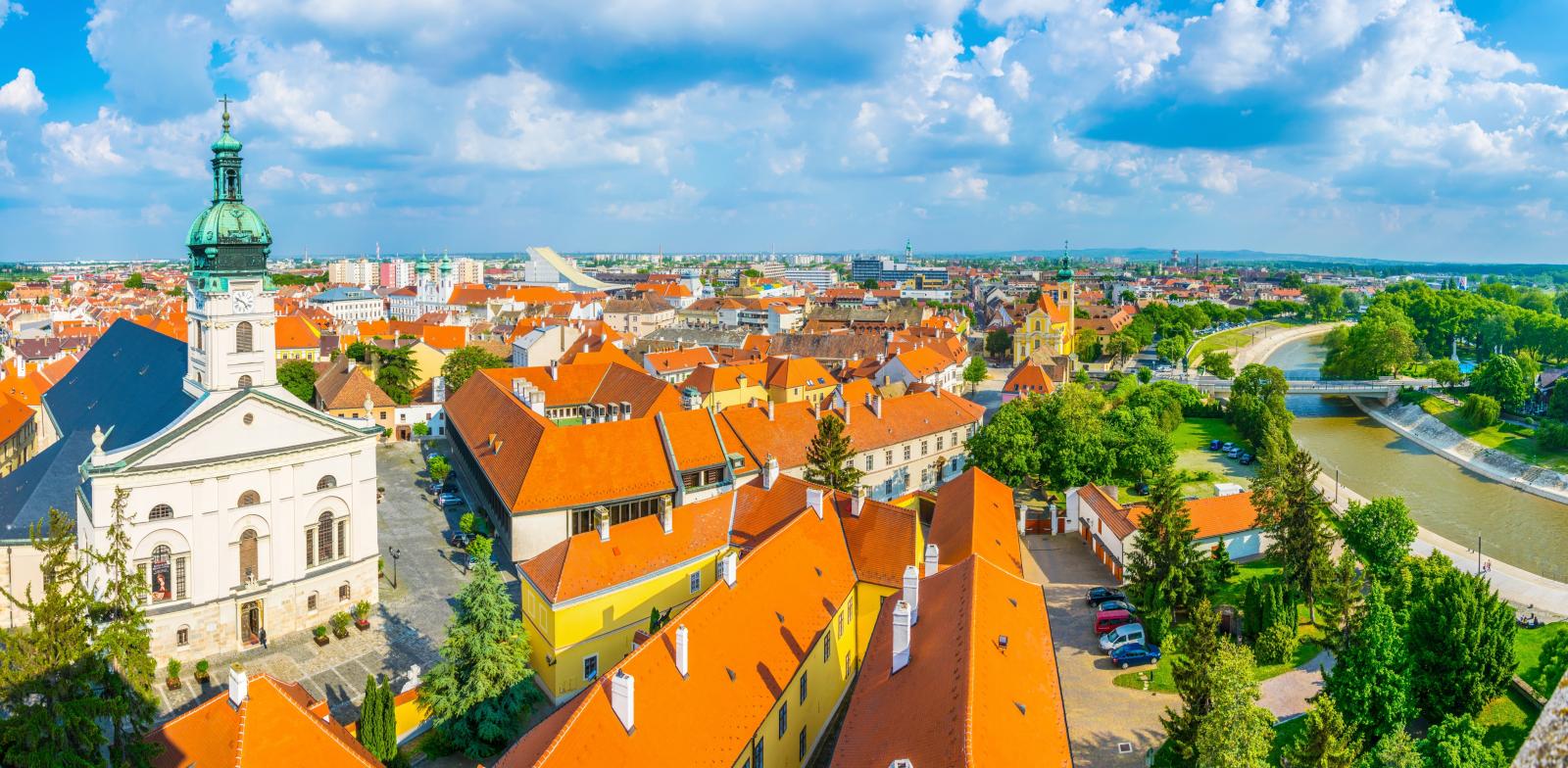
10. Gyor
Győr is the most important city of northwest Hungary, the capital of Győr-Moson-Sopron County and Western Transdanubia region, and – halfway between Budapest and Vienna – situated on one of the important roads of Central Europe. It is the sixth largest city in Hungary, and one of its seven main regional centres. A city with county rights.
![maxresdefault[3]](https://hobbymart.net/wp-content/uploads/2022/05/maxresdefault3-1-768x432.jpg)
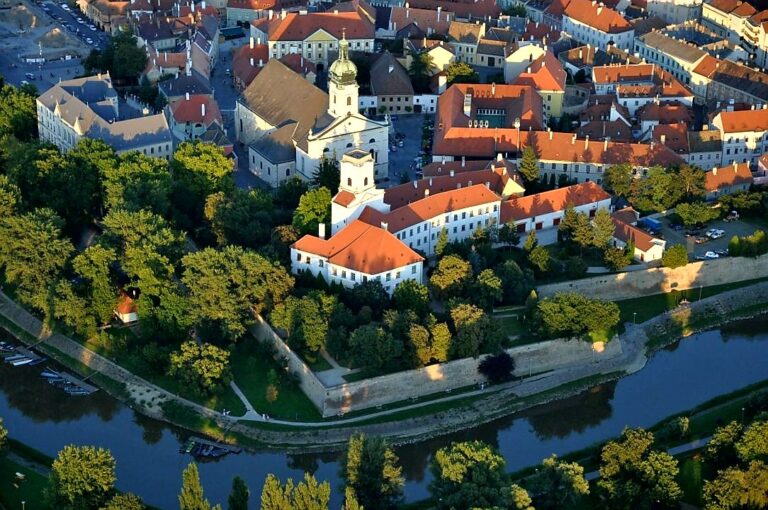
![panorama[1]](https://hobbymart.net/wp-content/uploads/2022/05/panorama1-768x304.jpg)
